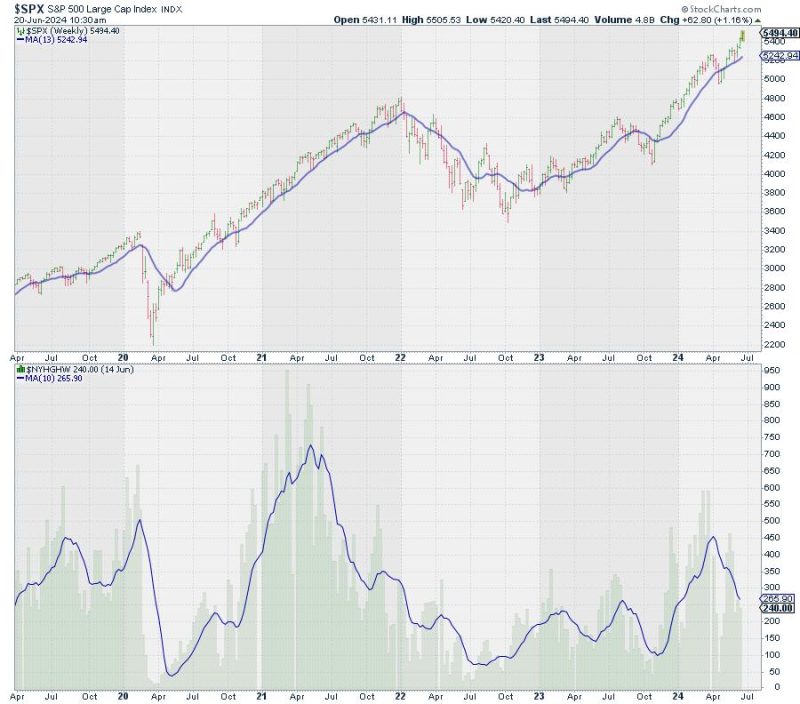Price Pays, But For How Long?
The question of price is a timeless one, especially when it comes to purchasing goods and services. Price is the value that customers are willing to pay in exchange for a product or service. The idea of price paying is critical because it determines the success of a business in the market. However, the lingering question remains: at what cost does a business choose to set its prices and for how long can it sustain that pricing strategy?
Setting the right price for a product or service is a delicate balance that businesses must strike. Pricing too high can drive customers away, while pricing too low can lead to losses and devalue the product in the eyes of consumers. Ultimately, businesses must consider various factors when determining their prices, such as production costs, competition, market demand, and perceived value.
One of the key considerations for businesses is understanding the relationship between price and value. Customers are often willing to pay a higher price for a product or service that they perceive to be of higher value. This perceived value can be influenced by factors such as brand reputation, quality, convenience, and customer experience.
In the short term, businesses may benefit from setting higher prices and exploiting the premium segment of the market. Higher prices can lead to increased revenue and profitability, especially if customers are willing to pay a premium for the perceived value of the product. However, the challenge lies in sustaining these higher prices in the long run.
Over time, market dynamics, competition, and customer preferences may change, affecting the sustainability of a business’s pricing strategy. Businesses must be agile and adapt to these changes by reevaluating their pricing strategy and making necessary adjustments. This may involve lowering prices to remain competitive or enhancing the value proposition to justify higher prices.
Price competition is another factor that businesses must contend with in the market. Competitors may engage in price wars, undercutting each other to gain market share. While price competition can be beneficial for consumers in the short term, it can hurt businesses in the long run by eroding profit margins and devaluing their offerings.
In conclusion, while price plays a crucial role in the success of a business, it is not the only factor to consider. Businesses must strike a balance between setting the right price to attract customers and generate profit, while also ensuring the sustainability of their pricing strategy in the long term. By understanding the relationship between price and value, adapting to market changes, and navigating price competition, businesses can position themselves for long-term success in a dynamic marketplace.

